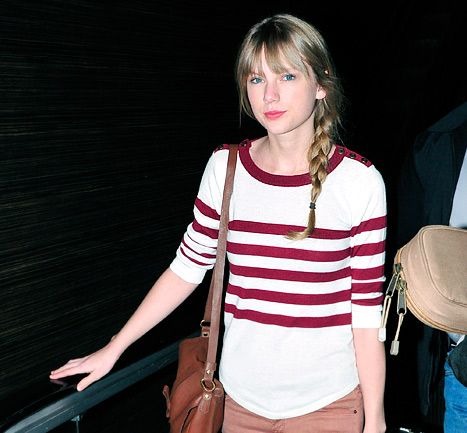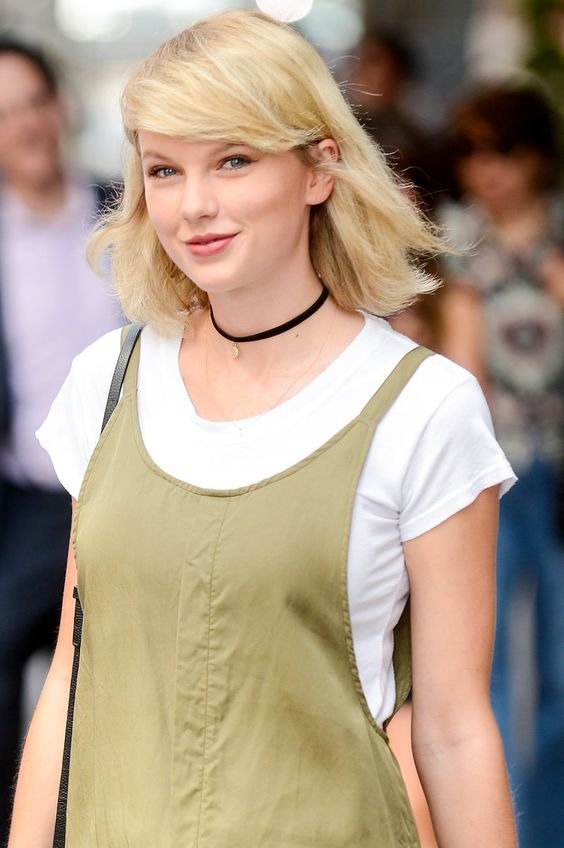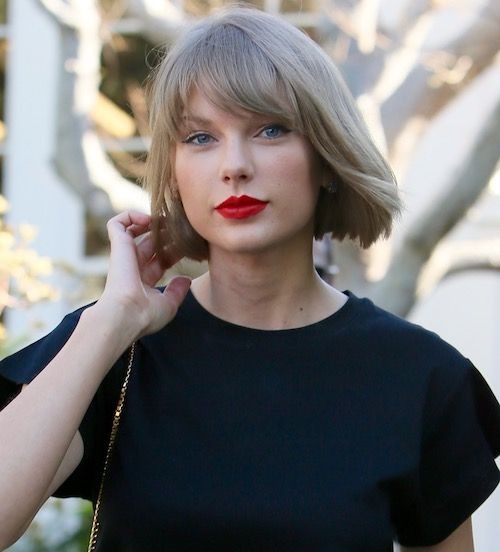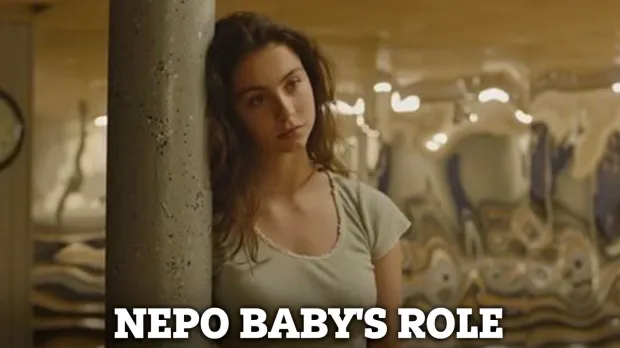Taylor Swift’s songs are full of literary references – so what do they tell us?

Analysis:the pop star’s references to books and classic literature allows us to see her self-awareness and growth as an artist
In Taylor Swift’s first major international chart topper, Love Story, originally released in 2008, she draws directly from William Shakespeare’s Romeo and Juliet: she’s Juliet, he’s Romeo and her father forbids them to be together. Of course, in this teenage dream, there’s a happy ending, rather than the tragic one of Shakespeare’s play.

But if the younger Swift was consumed with the fantasy of the romance, she has come to interact with literature in a more interesting way throughout her work as she has matured as an artist. Her songs become more and more self-questioning, to the point that on her latest album she has branded herself the anti-hero.
English professor Harris A. Friedberg takes the Swift or Shakespeare test
Others have already noted Swift’s literariness. Shakespeare academic Jonathan Bate recently wrote about her interaction with the bard, and poets such as William Wordsworth and Emily Dickinson, while this summer Queen Mary University London is running a Taylor Swift and Literature course.
Swift’s literary references allows us to see her clear self-awareness and growth as an artist. One such instance of growth can be seen in references to Nathanial Hawthorn’s The Scarlet Letter in Love Story and, six years later, New Romantics from her 2014 album 1989. In Love Story, she is a scarlet letter; in New Romantics, she claims her scarlet letter is better than the “different scarlet letters” of those around her.

Hawthorn’s novel features Hester Prynne, who has a child out of wedlock and must wear a red A (signalling adultery) as a punishment. If Swift images herself as a desired temptress in Love Story, she has the confidence six years later to play up her reputation as a serial dater, proudly declaring her status back to the detractors that would dismiss her because of her romantic history.
From RTÉ Radio 1’s Morning Ireland, 2fm’s Tracy Clifford on the announcement of Taylor Swift concerts at Dublin’s Aviva Stadium next summer

Hawthorn is not the only American writer to feature in Swift’s work, with F. Scott Fitzgerald’s The Great Gatsby both explicitly referenced and subtly invoked across several songs. In This is Why We Can’t Have Nice Things, the singer reflects on her feud with Kanye West and, subsequently, Kim Kardashian
Swift describes over-the-top parties, declaring that she was “feeling so Gatsby for that whole year.” Yet, just as The Great Gatsby ends in tragedy and the realisation by narrator, Nick Carraway of the vapidness of Gatsby’s world, Swift recognises the value of her “real friends” here, following the failure of reconciliation attempts with West and Kardashian.

Elsewhere, there is something of a Gatsby sensibility across the two albums she released in 2020, Folklore and Evermore. The characters of “the last great American dynasty,” could be straight out of Fitzgerald’s novel, while “happiness,” makes reference to Daisy Buchanan’s declaration that “the best thing a girl can be in this world [is] a beautiful little fool,” as well as the green light that dominates the novel.
From Jack Edwards, every literary reference in Taylor Swift’s Folklore and Evermore explained
Yet, these references turn self-reflective in both songs. Rather than inhabiting Fitzgerald’s world as she had Shakespeare’s story, the persona here is fully formed, more interested in enhancing her own reality through a recognition of literary parallels, but ultimately declaring her separateness from them.
Another song from Evermore that is Fitzgerald-esque, is champagne problems, in which the breakup of an relationship jars with constant celebration. It is here that Swift also invokes the Midas touch, a phrase that comes from the Greek myth of Midas, most famously retold by Roman poet, Ovid in his Metamorphoses. King Midas asked the god Dionysus that anything he touch would turn to gold, but quickly came to regret the request and saw it as a curse. In contrast to Love Story’s rewriting of the Romeo and Juliet story, champagne problems sees Swift turn to the Midas story to demonstrate that her relationship may not be as golden as it seems.

Myths are often seen as cautionary tales, with the Midas myth perhaps the oldest case of “be careful what you wish for,” and Swift knows her Greek myth, taking their warnings on board. This is clear in Labyrinth from Midnights. In Greek myth, the labyrinth was designed by Daedalus to keep the island of Crete safe from the mythical monster, the Minotaur. Daedalus is also known for crafting the wings that he and his son, Icarus, used to fly, with the devastating result that Icarus flew too close to the sun and fell to his death.
No surprise then that Swift’s Labyrinth makes constant references to rising too fast and falling. The experience of falling in love too soon is seen as a dangerous one and, perhaps influenced by these ancient myths, she speaks to herself in the song issuing a caution against intense feelings early on.

Although Midnights is the album where she does call herself the anti-hero, most explicitly critiquing herself for her perceived foibles and mistakes, she also revisits the princess imagery of Love Story in Bejeweled, particularly in the music video with its Cinderella parallels. Emerging from a bad relationship, Swift is saved not by handsome prince, but by her own self-belief and commitment to her art.

She wants to sparkle again, even telling her band that she doesn’t remember if she has a boyfriend or not. She reimagines the Cinderella myth to show her own liberation (which isn’t to say she won’t write about romantic love again, it’s one of Swift’s great subjects) and re-emerge as the independent artist she is







